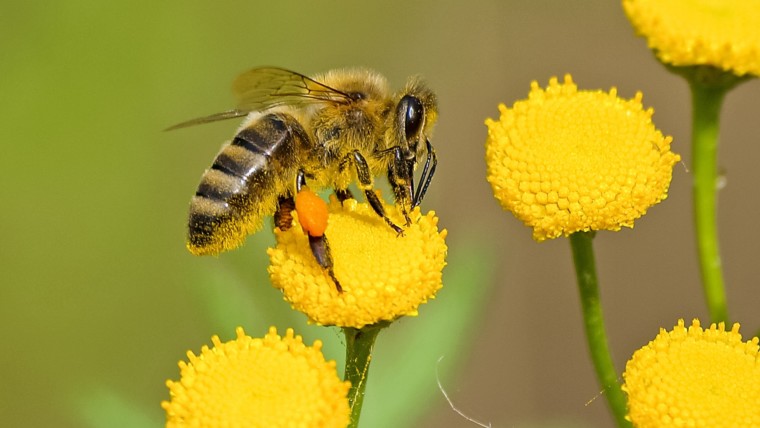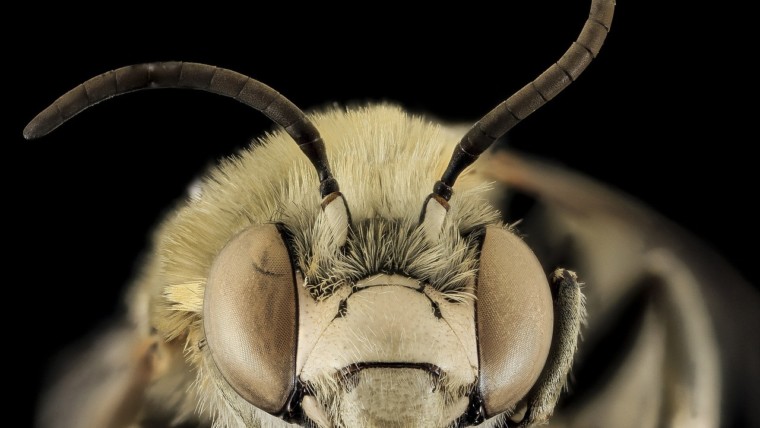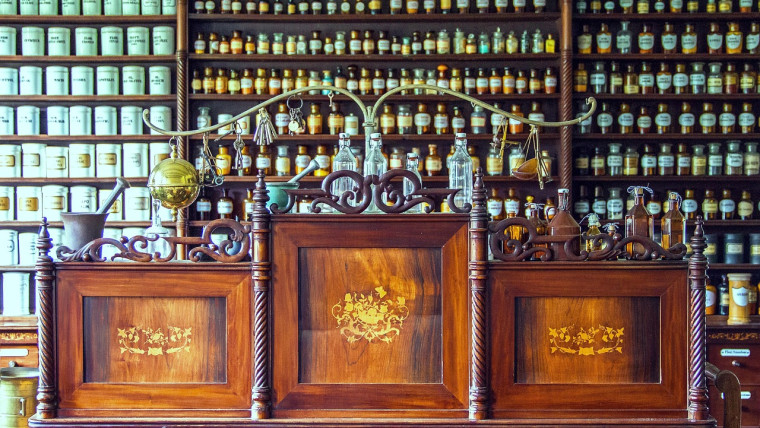
Encounters with bees, while often an integral part of warm-weather outdoor activities, can sometimes result in painful stings. For the majority of people, bee stings lead to temporary discomfort, manifested as localized pain, swelling, and redness. In such cases, quick and effective home treatment can significantly alleviate symptoms and accelerate the healing process. This article delves into the importance of prompt action in treating bee stings at home, providing insights into why a swift response matters and offering practical steps to ease the pain and minimize complications.
Understanding the Impact of Bee Stings
Before exploring the significance of rapid intervention, it’s crucial to understand the impact of bee stings on the human body. When a bee stings, it injects venom into the skin, triggering a local inflammatory response. The severity of the reaction can vary from person to person, with some experiencing mild symptoms and others developing more pronounced reactions.
The primary components of bee venom responsible for the pain and inflammation are peptides, enzymes, and biogenic amines. Histamine, a potent vasodilator, contributes to increased blood flow to the affected area, leading to redness and swelling. Additionally, the venom activates pain receptors, causing the sharp pain commonly associated with bee stings.
For the majority, these reactions are temporary and can be effectively managed at home. However, individuals who are allergic to bee stings may experience severe, potentially life-threatening reactions. In these cases, swift medical attention, including the use of an epinephrine auto-injector, is paramount.
The Importance of Quick Action: Time Matters
When it comes to bee stings, time is of the essence. Rapid intervention can mitigate the extent of the inflammatory response, reduce pain, and prevent complications. Here are key reasons why quick action is crucial:
- Limiting Venom Exposure: The longer the stinger remains in the skin, the more venom is released. Swift removal of the stinger helps minimize venom exposure, reducing the overall impact on the body.
- Reducing Pain and Swelling: Applying cold compresses or ice to the sting site promptly helps numb the area and constrict blood vessels. This not only provides immediate relief from pain but also minimizes swelling.
- Preventing Secondary Infections: Proper cleaning of the sting site and application of antiseptic measures reduce the risk of secondary bacterial infections. Bee stings create an entry point for bacteria, and timely care can prevent complications.
- Managing Allergic Reactions: For individuals with known allergies to bee stings, quick action is vital. Administering an epinephrine auto-injector promptly can counteract severe allergic reactions, providing a crucial window of time until professional medical assistance is available.
- Easing Emotional Distress: Swiftly addressing a bee sting not only alleviates physical discomfort but also helps manage emotional distress. Anxiety and fear can exacerbate symptoms, and immediate action reassures the affected person.
Step-by-Step Guide to Treating Bee Stings at Home
Now that we understand the importance of quick action, let’s delve into a step-by-step guide for treating bee stings at home:
1. Remove the Stinger: Act swiftly to remove the stinger. Use a pair of tweezers or the edge of a credit card to gently scrape the stinger away. Avoid using fingers or squeezing the stinger, as this can release more venom.
2. Wash the Area: Cleanse the sting site with mild soap and water. This helps remove any remaining venom on the skin and reduces the risk of infection. Pat the area dry with a clean cloth.
3. Apply Cold Compress: Immediately apply a cold compress or ice pack to the sting site. Wrap the ice pack in a thin cloth to prevent frostbite, and apply it for 10-15 minutes. Cold compresses help numb the area and reduce swelling.
4. Elevate the Limb: If the sting is on an extremity, elevate the limb to minimize swelling. This is particularly helpful for stings on the hand or foot.
5. Administer Pain Relief: Over-the-counter pain relievers, such as acetaminophen or ibuprofen, can be used to alleviate pain and reduce inflammation. Ensure that the person is not allergic to these medications and follow the recommended dosage.
6. Use Calamine Lotion or Hydrocortisone Cream: For persistent itching, apply calamine lotion or hydrocortisone cream to the sting site. These products help soothe itching and provide additional relief from inflammation.
7. Stay Hydrated: Encourage the affected person to stay hydrated by drinking water. Hydration supports overall well-being and aids in the recovery process. Avoid alcohol and caffeinated beverages, as they can contribute to dehydration.
8. Monitor for Allergic Reactions: Keep a close eye on the person for any signs of an allergic reaction. Symptoms may include difficulty breathing, swelling of the face or throat, and a rapid or weak pulse. If severe allergic reactions are suspected, seek emergency medical help immediately.
9. Consider Natural Remedies: Some individuals find relief from natural remedies such as aloe vera gel, lavender oil, or a paste made from baking soda and water. While these remedies may offer additional comfort, their effectiveness can vary, and it’s essential to prioritize scientifically validated methods.
10. Seek Professional Medical Attention if Needed: If the person experiences a severe allergic reaction, has been stung multiple times, or if symptoms persist or worsen, seek professional medical attention promptly. Do not delay if there is any doubt about the severity of the reaction.
Conclusion: Empowering Yourself with Knowledge
In conclusion, the importance of quick action in treating bee stings at home cannot be overstated. Understanding the physiological impact of bee venom, coupled with a prompt and effective response, can turn a potentially uncomfortable experience into a manageable one. By following the step-by-step guide outlined above, you empower yourself with the knowledge to provide immediate care and contribute to a faster recovery. However, always remember that individual responses to bee stings can vary, and in cases of severe reactions or uncertainty, professional medical assistance should be sought without hesitation. Swift action, combined with a calm and informed approach, makes a significant difference in turning a bee sting incident into a manageable and less traumatic experience.






Bee Sting Relief Effective Treatments and Quick Remedies
Beyond Honey: Surprising Solutions for Bee Sting Pain
The Importance of Quick Action: Treating Bee Stings at Home
Emergency First Aid for Bee Stings: A Step-by-Step Guide